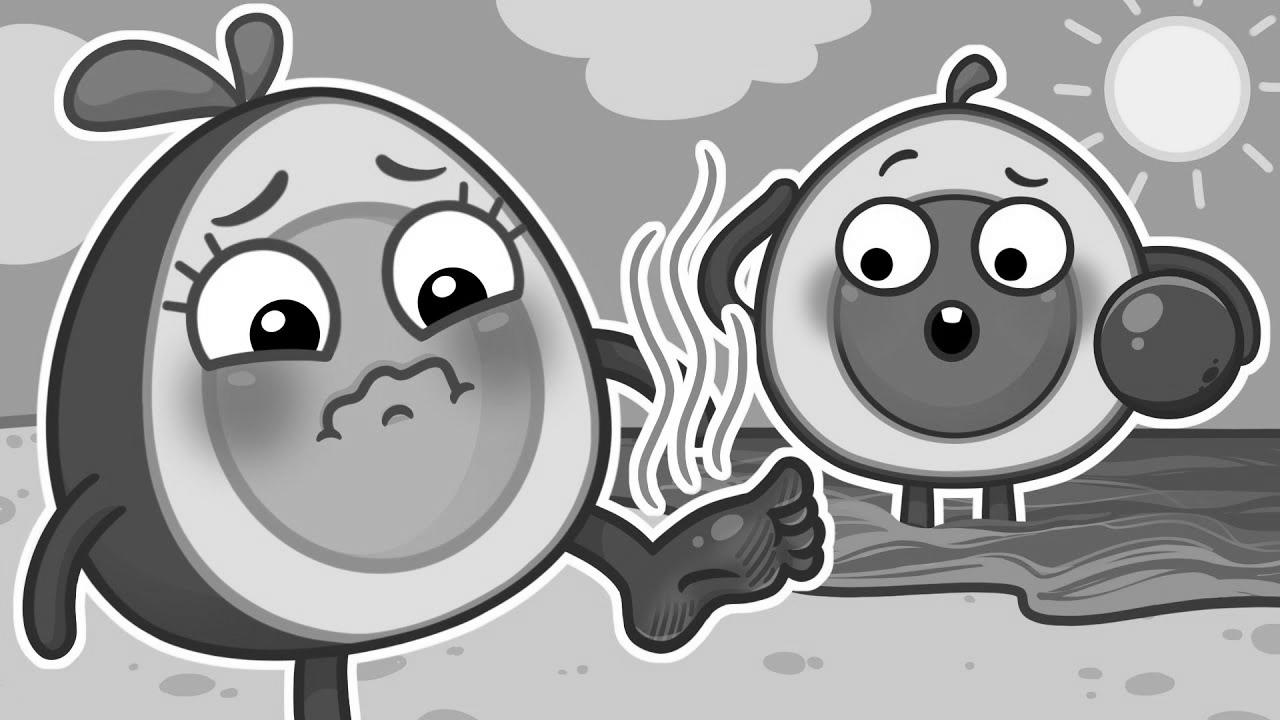Learn Good Habits with Scorching vs Cold Challenge ☀️🌊 + More Humorous Tales for Children by Pit & Penny 🥑✨
Warning: Undefined variable $post_id in /home/webpages/lima-city/booktips/wordpress_de-2022-03-17-33f52d/wp-content/themes/fast-press/single.php on line 26

Be taught , Be taught Good Habits with Scorching vs Chilly Problem ☀️🌊 + Extra Humorous Stories for Youngsters by Pit & Penny 🥑✨ , , Q260r2KAcxk , https://www.youtube.com/watch?v=Q260r2KAcxk , https://i.ytimg.com/vi/Q260r2KAcxk/hqdefault.jpg , 24715882 , 5.00 , SUBSCRIBE TO SUPPORT ME!✨ ✨ https://www.youtube.com/channel/UCVNm0g-f5xH7Nym_KpD_9BA?sub_confirmation=1 ... , 1640961281 , 2021-12-31 15:34:41 , 00:14:06 , UCVNm0g-f5xH7Nym_KpD_9BA , Pit & Penny , 141544 , , [vid_tags] , https://www.youtubepp.com/watch?v=Q260r2KAcxk , [ad_2] , [ad_1] , https://www.youtube.com/watch?v=Q260r2KAcxk, #Study #Good #Habits #Scorching #Chilly #Challenge #Funny #Stories #Children #Pit #Penny [publish_date]
#Learn #Good #Habits #Sizzling #Cold #Challenge #Funny #Tales #Children #Pit #Penny
SUBSCRIBE TO SUPPORT ME!✨ ✨ https://www.youtube.com/channel/UCVNm0g-f5xH7Nym_KpD_9BA?sub_confirmation=1 ...
Quelle: [source_domain]
- Mehr zu learn Learning is the procedure of effort new reason, cognition, behaviors, skill, values, attitudes, and preferences.[1] The quality to learn is demoniac by mankind, animals, and some equipment; there is also info for some sort of encyclopaedism in confident plants.[2] Some encyclopaedism is straightaway, iatrogenic by a unmated event (e.g. being burned-over by a hot stove), but much skill and noesis lay in from recurrent experiences.[3] The changes evoked by encyclopedism often last a period of time, and it is hard to identify learned fabric that seems to be "lost" from that which cannot be retrieved.[4] Human encyclopaedism initiate at birth (it might even start before[5] in terms of an embryo's need for both fundamental interaction with, and exemption inside its surroundings within the womb.[6]) and continues until death as a consequence of on-going interactions 'tween populate and their situation. The existence and processes involved in learning are deliberate in many constituted w. C. Fields (including informative psychology, physiological psychology, psychonomics, cognitive sciences, and pedagogy), likewise as emergent comic of noesis (e.g. with a distributed involvement in the topic of encyclopedism from device events such as incidents/accidents,[7] or in collaborative eruditeness wellness systems[8]). Investigate in such fields has led to the designation of various sorts of encyclopedism. For good example, learning may occur as a result of physiological condition, or conditioning, operant conditioning or as a event of more complex activities such as play, seen only in comparatively searching animals.[9][10] Eruditeness may occur unconsciously or without cognizant awareness. Encyclopedism that an dislike event can't be avoided or on the loose may result in a state called educated helplessness.[11] There is info for human activity encyclopedism prenatally, in which dependance has been observed as early as 32 weeks into biological time, indicating that the important nervous organization is insufficiently matured and primed for encyclopedism and faculty to occur very early on in development.[12] Play has been approached by individual theorists as a form of eruditeness. Children research with the world, learn the rules, and learn to act through and through play. Lev Vygotsky agrees that play is crucial for children's process, since they make pregnant of their state of affairs through performing acquisition games. For Vygotsky, nonetheless, play is the first form of encyclopedism language and human action, and the stage where a child begins to understand rules and symbols.[13] This has led to a view that encyclopaedism in organisms is always age-related to semiosis,[14] and often connected with mimetic systems/activity.